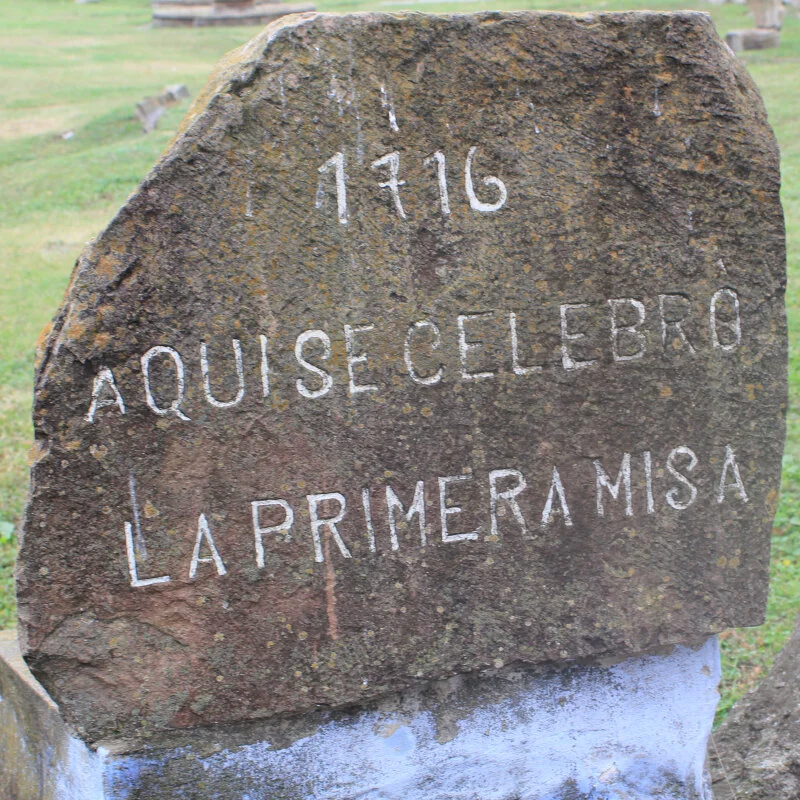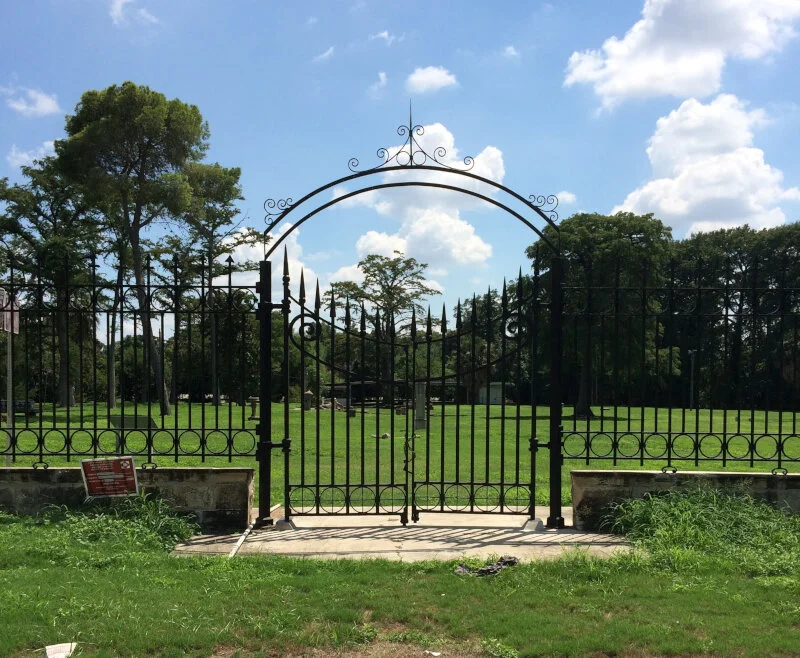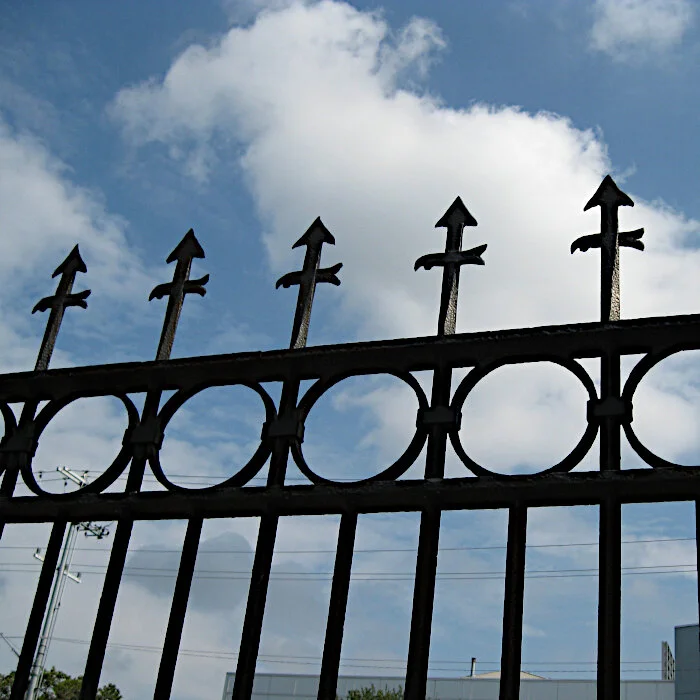Miraflores, a bridge from the past
One of the approaches I took in writing Miraflores was to put myself into the place of its creator, my great grandfather, Dr. Aureliano Urrutia. I didn’t simply ask “what does this place mean to us now,” but rather I started with “what did it mean to him” and “what did he know of these things that inhabit this garden.” In order to reconstruct Miraflores in my book, I had to understand more about what he knew, and what lay beneath his thinking, like old ruins beneath churches. I had to leave 21st century San Antonio, and travel back to late 19th/early 20th century Mexico City.
For example, perhaps the earliest reference to Mexican history in the garden is represented by a sculpture of the head of Coyolxauhqui. Initially, I knew her as the Moon Goddess (no one in my immediate family could say coy-ohl-Shaw-kee). It’s easy enough to consult a reference to learn who Coyolxauhqui was, but I wanted to know the story of the object as well.
As it turns out, there are two major representations of this ancient figure, one discovered before Urrutia was born, and one after he died. Urrutia’s version is a faithful replica of the original discovered accidentally in 1830 buried beneath the foundation of a modest residence near the Zocalo, the central square, in downtown Mexico City.
Upon its discovery, it was donated by the property owner to the newly formed Museo Nacional Mexicano, one of the older museums in the world and a precursor to the Museo Nacional de Antropología. The identity of the statue (and its significance therefore) was unknown, nevertheless it was a highlight of the museum’s collection. It is sizable and intricately carved on all sides.
That it took archaeologists 70 years, until 1900, to correctly identify the head as Coyolxauhqui, already hints that something important had been lost. Scholars studied, researched, and wrote about the object, sometimes incorrectly, posing their various explanations as to who the woman with bells on her cheeks may have been. As Urrutia grew into adulthood, the identity of the precious object became known, and the folkloric attributes of the Moon Goddess re-blossomed among a surge of renewed understanding of Aztec culture.
By exploring the story of the discovery of and research about this particular object, I gained a sense of why this object was important to a 19th century descendant of ancient Aztec heritage, and how a certain reawakening of the indigenous Mexican cultural folklore was occurring at the time. The presence of this particular object depicting Coyolxauhqui in Urrrutia’s garden, then, raises not only the folktale of the goddess, as wonderfully interesting and complex as that is, but also reveals the story of a heritage that was buried, unearthed, studied and then recovered; a much deeper, layered, story with greater impact in today’s world. And it’s just the tip of the iceberg, or the pyramid, so to speak. By placing the object in the garden, Urrutia creates a bridge from yesterday to today, from Mexico to San Antonio, from what’s underneath the ground to what is above it.
One of the ways that I connected to Urrutia’s time was to read books that reflected the knowledge of that era. These books, some of which I collected, and others which I accessed but did not collect, provided me with crucial information that helped me realize that Urrutia’s creation of Miraflores was not eclectic, as it has so often been portrayed.
Urrutia designed Miraflores, maybe not with one premeditated plan, but certainly with intentionality, reflecting certain cultural values consistent with his upbringing as an indigenous Xochimilcan, born and raised at the very place of his country’s origin story. His experience and knowledge of Mexico, through a series of remarkable events, became broad, ranging from an understanding of ancient archaeological and anthropological beginnings to an experience of living through the industrialization of Mexico in the late 19th and early twentieth centuries. At Miraflores, at least in my book, we are transported to a place worthy of exploration and rediscovery.
Miraflores, San Antonio’s Mexican Garden of Memory, is forthcoming from Trinity University Press in Fall 2021.
Photo of Elise and Coyolxauhqui at the Museo Nacional by Mark Schlesinger.
Posted on June 28, 2020. Updated July 2021.








